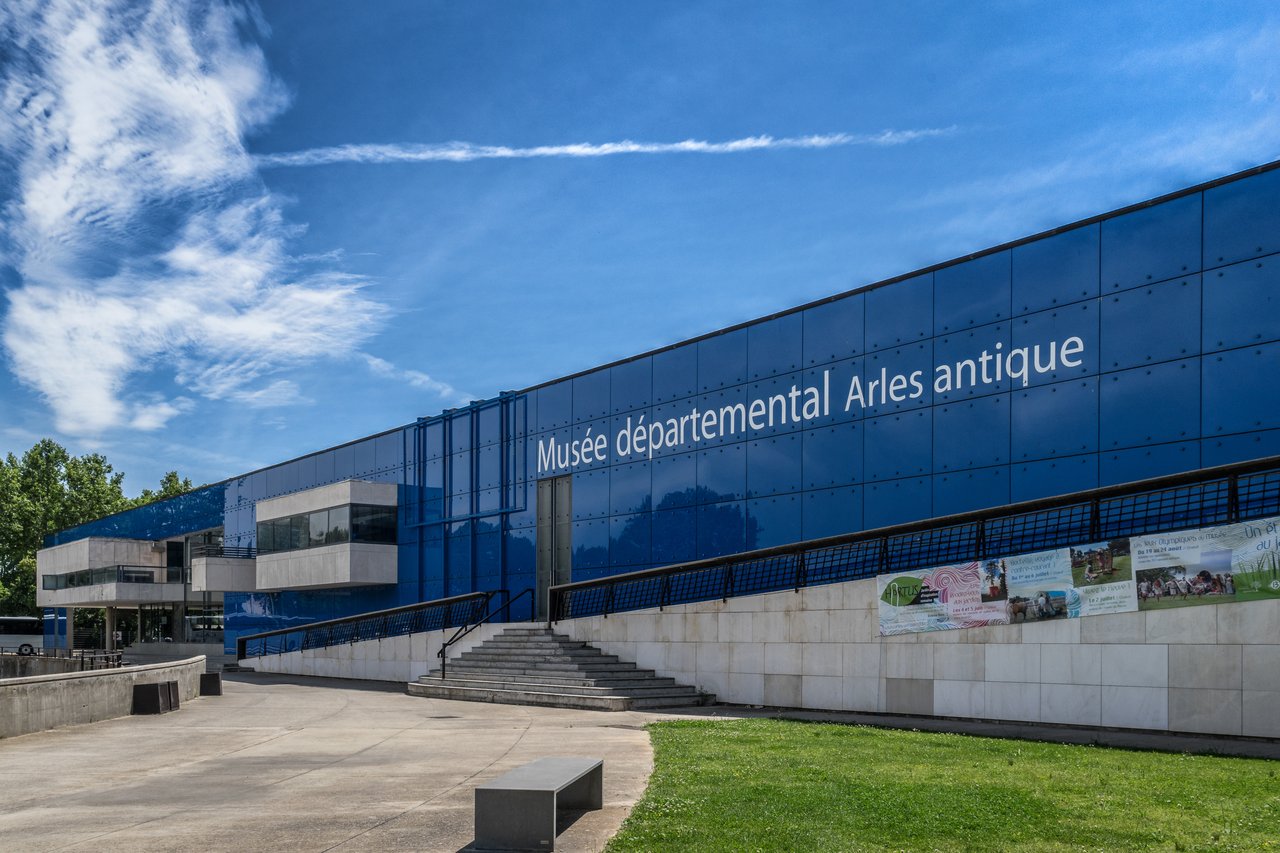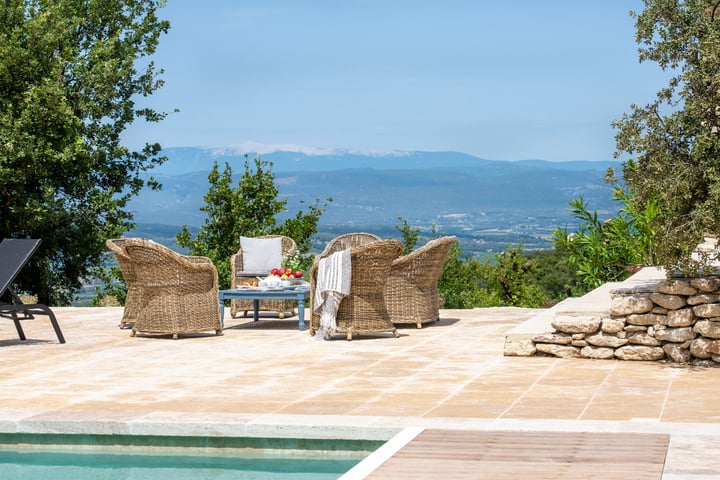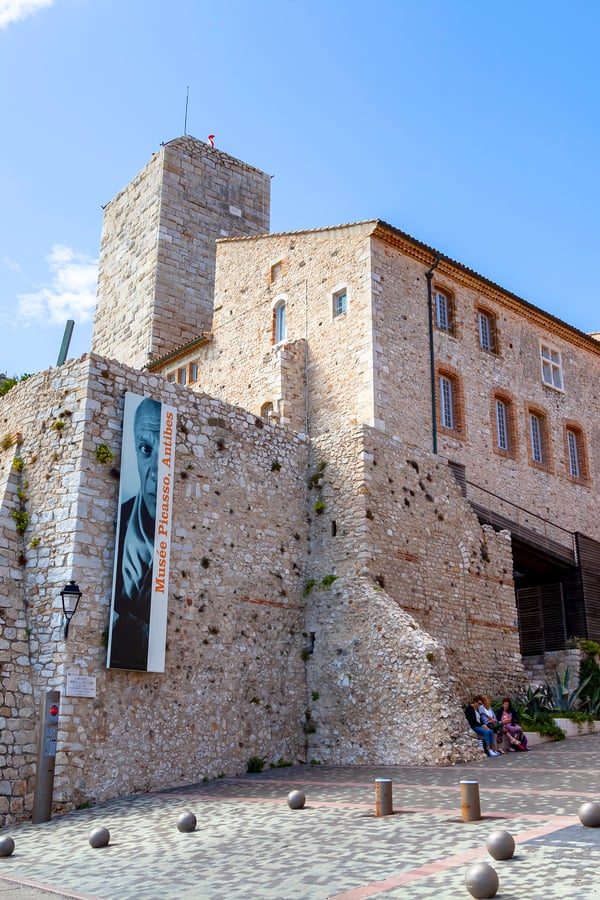Provence is a region where history is not just told - it is experienced. Ancient Roman cities, medieval strongholds, and grand palaces tell the story of a land shaped by centuries of conquests, culture, and craftsmanship.
From the ruins of an ancient port to a towering Gothic palace, these museums offer more than static exhibits. Expect intricate mosaics, immersive audiovisual displays, and locations that are historic sites in their own right. Whether you want to step inside a papal court, admire the engineering of a Roman aqueduct, or uncover the layers of history beneath Marseille, these museums invite you to explore Provence’s past with expert insight.
Musée de l’Arles Antique | A Roman city uncovered
Arles was once a thriving Roman city, and the Musée de l’Arles Antique brings this ancient past to life. Known for its impressive collection of artefacts from Arelate (as Arles was called in Roman times), the museum houses one of the best-preserved Roman barges ever found, discovered in the Rhône River. Intricate mosaics, monumental sculptures, and everyday objects paint a vivid picture of daily life in antiquity. The museum is spacious and well-designed, making it an easy visit for families. Children will enjoy the scale models and reconstructions, while history enthusiasts can admire the level of detail in the artefacts. Located just outside the historic centre, the museum has parking on-site and is well connected to the rest of the city.

Palais des Papes and Pont d'Avignon | A seat of power and a legendary bridge
Avignon’s Palais des Papes is one of the largest and most imposing Gothic palaces in the world. Once home to the popes in the 14th century, this fortress-palace dominates the skyline with its immense stone walls and towers. Inside, visitors can explore grand halls, private chapels with frescoes by Matteo Giovannetti, and hidden staircases that once led to the papal apartments. A visit to the palace is often combined with the nearby Pont d’Avignon, the famous medieval bridge that once spanned the Rhône River. While only a few arches remain, the bridge’s history and the panoramic views over Avignon make it a must-see. Families will find the audiovisual displays engaging, and the combination of history and legend makes this an accessible experience for all ages. There are several public car parks nearby, including the Palais des Papes car park, making access convenient.

Pont du Gard and Musée du Pont du Gard | Roman engineering at its finest
Standing tall for nearly 2,000 years, the Pont du Gard is one of the best-preserved Roman aqueducts in the world. Built in the first century AD, it carried water over the Gardon River to supply the Roman colony of Nîmes. The sheer scale of this engineering marvel is impressive, with its three tiers of arches stretching 49 metres high. Next to the aqueduct, the Musée du Pont du Gard provides an interactive look at Roman construction techniques, the daily life of those who built it, and the role of water management in ancient Provence. This is an ideal stop for families, with hands-on exhibits and outdoor walking trails leading to scenic viewpoints. There is a large car park at the site, and the surrounding area is perfect for a picnic or a riverside stroll.

Musée d’Histoire de Marseille | 2,600 years of history
Marseille is France’s oldest city, and the Musée d’Histoire de Marseille tells its story from its founding by Greek sailors in 600 BC to its role as a Mediterranean trading hub. The museum is known for its open-air archaeological site, where visitors can see the remains of the ancient Greek and Roman port. Inside, the exhibits explore themes of commerce, migration, and Marseille’s transformation over the centuries. The museum is family-friendly, with interactive exhibits and multimedia presentations making history accessible. It is located in the city centre, next to the Centre Bourse shopping complex, with convenient underground parking available.

Musée du Vieil Aix | The traditions of Aix-en-Provence
Housed in a 17th-century townhouse, the Musée du Vieil Aix is dedicated to the history and traditions of Aix-en-Provence. The museum’s collection includes Provençal ceramics, furniture, textiles, and decorative arts, offering insight into the daily life and customs of the region. Highlights include intricately carved wooden figures used in local processions and a display of traditional Provençal costumes. The museum has an intimate feel, making it more suited to those interested in cultural history rather than large-scale exhibitions. It is centrally located in Aix’s historic district, making it an easy stop while exploring the city’s markets and cafés. There is no on-site parking, but nearby car parks, such as Parking Pasteur, offer convenient access.

From the grandeur of the Palais des Papes to the perfectly preserved stones of the Pont du Gard, these museums offer a window into Provence’s past. Whether exploring an ancient port in Marseille, admiring a Roman barge in Arles, or stepping inside a 17th-century mansion in Aix, each site brings a different chapter of history to life. When the beach or the vineyards call, these museums remain as a reminder that Provence is as rich in history as it is in landscapes.
À bientôt,
The Provence Holidays Team































